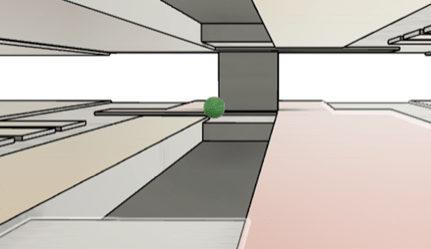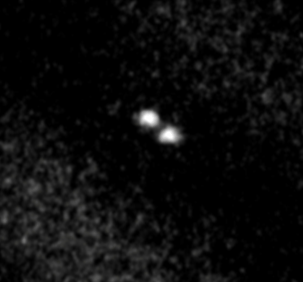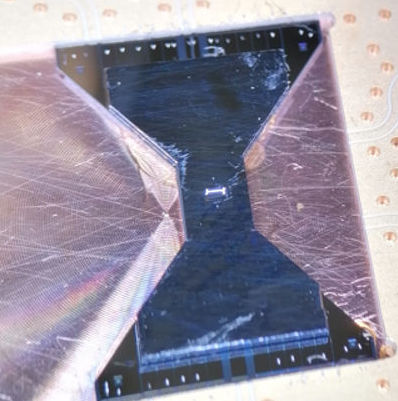Progress Report
Fault-tolerant Quantum Computing with Photonically Interconnected Ion Traps[2] Superconducting circuit ion traps with low-vibrational cryostat
Progress until FY2024
1. Outline of the project
Ion trap quantum computers are based on uniform qubits prepared in vacuum and ultra-precise manipulations have been achieved. However, even higher precision must be achieved for the fault-tolerance. In this theme, we will develop superconducting-circuit ion traps. Ion trapping at cryogenic temperatures has been studied as a stage for high-performance ion traps due to improvements in electrical noise and vacuum. Furthermore, by incorporating superconducting microwave circuit technology, we will construct a high-performance ion trap system that combines low power consumption and high-precision operation.

2. Outcome so far
1. Development of cryo-ion trap
A cryo-ion trap has been developed using a low-vibration refrigerator. By placing the electrodes for ion trapping in a cryogenic environment, electric field noise to ions can be reduced. With a high-Q superconducting resonator ions can be trapped with a small RF input. This is an important technology for reducing the heat load on low-temperature environments and for realizing large-scale ion trap systems. Ions were trapped with RF power that are one to two orders of magnitude lower than those used in the past. Figure 2 shows a fluorescent image of ions trapped by this technology. We are also developing an atomic source that can be used at cryogenic temperatures based on the MEMS micro oven.

2. Superconducting circuit for ion traps
We have developed a compact superconducting circuit for microwave manipulation of trapped ions with a small footprint (~2mm2) and ultra-small characteristic impedance (~1mΩ). Figure 3 shows an interdigit superconducting Nb circuit. The high-power response shows that quantum gates that are several times faster than existing methods are possible at 1/500 MW input power.

3. Flip-chip integration
Superconducting circuits are integrated two-dimensionally on a silicon substrate. We use three-dimensional mounting by a method called flip chip. For this purpose, we have developed a more precise assembly technique than before by using silicon deep-drilling technology and 3D-wiring technology with the wire bonding. Figure 4 shows a flip-chip integrated superconducting ion trap chip.

3. Future plans
We have realized a cryo-ion trap to realize a superconducting ion trap. By applying a large magnetic field gradient to ions in a superconducting circuit, ultra-precise quantum state manipulation can be achieved. Furthermore, we will identify and overcome the implementation issues for scalable ion trap quantum computers.